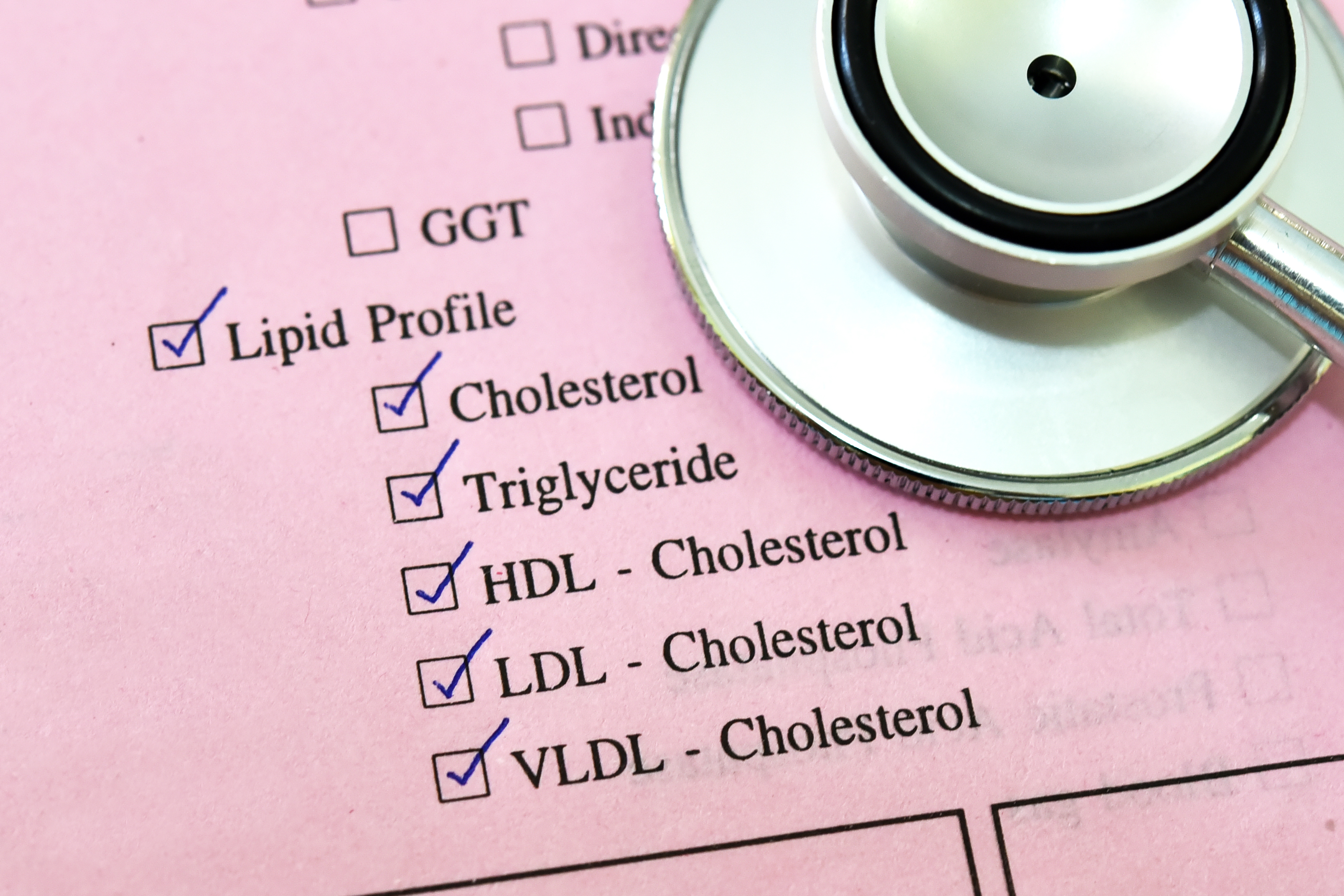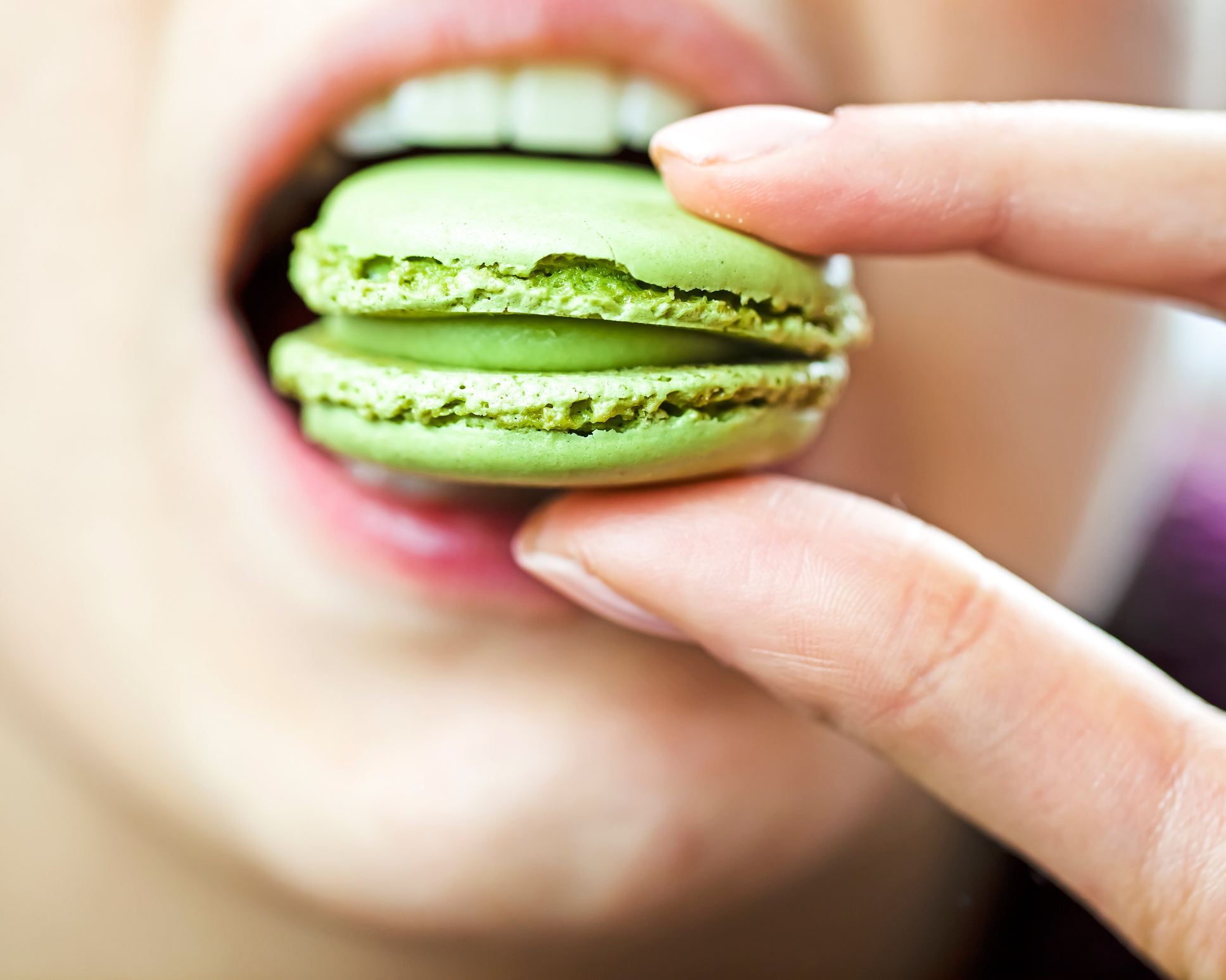You normally hear about high cholesterol being associated with the elderly, so most people in their ‘30s think they have decades before they need to worry about it. However, it’s more common in young adults than you think: According to the CDC, more than 93 million adults over the age of 20 have cholesterol levels that are above what’s considered healthy. This is because high cholesterol, which is commonly referred to as the “silent killer,” doesn’t have any symptoms so it’s difficult to tell that you have abnormal cholesterol levels. Research from Duke University shows that high cholesterol earlier in life can increase your risk for heart disease later on — even if you live a relatively healthy lifestyle. So, what can you do about it? Elizabeth Klodas, MD, FACC, cardiologist, and founder of Step One Foods, helps us unpack cholesterol’s impact and how you can get ahead of the issue.
What is cholesterol?
One of the most common misconceptions people have is that the majority of cholesterol comes from food, but it’s mostly made internally.
It’s important to first understand the role cholesterol plays in our bodies, since not all cholesterol is “bad” for you. “Cholesterol is sometimes described as a fat, but it’s not a pure fat — it’s waxier, denser, and more compact. Every single cell in our body has the capacity to manufacture cholesterol. One of the most common misconceptions people have is that the majority of cholesterol comes from food, but it’s mostly made internally. It’s essential for various bodily functions,” says Klodas. It does the job of making hormones estrogen and testosterone, as well as building cells, among others.
There are two main types of cholesterol: LDL (a.k.a. low-density lipoprotein), which is the “bad cholesterol” that can block blood flow. “This type of cholesterol can cause blockages in your arteries and doesn’t serve any purpose for your body,” she says. There’s also HDL (a.k.a. high-density lipoprotein) that carries cholesterol to your level and gets rid of the excess that can stick to your arteries. According to Heart.org, HDL can only do so much of the heavy lifting — only about one-third to one-fourth of blood cholesterol is transported by HDL.
A lipoprotein panel is a blood test that can measure your cholesterol levels. Triglycerides (a.k.a. TG) — though not a form of cholesterol — is a form of fat found in your blood and is part of the panel.

Why should you start thinking of your cholesterol levels in your ‘30s?
Your ‘30s help set the foundation of your heart health for the future. “The effect of being exposed to high LDL cholesterol is cumulative, so the longer you have high LDL cholesterol levels, the more garbage you could pile up over time and the higher the likelihood that you will develop artery blockages. The earlier you get checked and attend to any cholesterol abnormalities you may have, the better. You don’t have to just go on a pill [that automatically fixes your cholesterol] if it’s high,” she says.
What affects your cholesterol levels and causes abnormal readings?
“There’s definitely a genetic component that affects your cholesterol levels, but it isn’t purely genetically driven. There is a point that no matter what lifestyle changes you make, there’s a ‘floor’ of cholesterol which you can’t get below — and that varies for everyone as that’s genetically determined,” says Klodas. Abnormal readings (when your HDL is less than 40 mg/dL for men and less than 50 mg/dL for women), can have multiple potential causes. This can include “smoking, insulin resistance if you have diabetes, excess weight, stress, some medications, and physical inactivity,” she says. “The most important factor, however, is a poor diet.”

What are some ways to lower bad cholesterol?
The strategy behind lowering bad cholesterol levels in your ‘30s is no different than if you were 90. The good news is that “nearly everyone can have an impact on lowering their LDL cholesterol levels by how they live and especially by how they eat,” she says. “Foods that raise your LDL levels are mostly saturated fats that are solid when left at room temperature. They’re typically animal sources: the marbling you find in beef, cheese, butter, chicken fat. It doesn’t mean you can never have a piece of red meat again, but it needs to be a smaller component of your diet and fat intake,” she says.
“Processed, simple carbs are also a giant driver of cholesterol. Some of these include white bagels, white rice, white pastas, cookies, and cakes. We absorb all carbohydrates as sugar whether it’s a complex carb or a simple one. But when you eat a simple or processed carb, the diet digestion happens quickly and absorption happens quickly, so you get a real spike in sugar in your bloodstream. What follows is a spike in insulin and insulin is there to put all the sugar away, but it’s also a storage hormone. It shifts our body into storage mode in the form of LDL — your bad cholesterol,” she says. Also remember to monitor the drinks you consume: “Alcohol is a simple carbohydrate, so moderating intake can also have a big effect on your cholesterol profile,” she says.
There are such things as good fats. “Those are liquid at room temperature and primarily come from plant sources. Olive oil, canola oil, avocados, plus the oils found in nuts, seeds, and fish are all great for us. They help raise HDL and lower triglycerides.
Changing your diet doesn’t have to mean a major overhaul. “Even small changes in a short period of time can have a big effect on cholesterol reductions,” she says.
If you’re experiencing high LDL levels, how quickly can you see the effects of changing your diet?
“It can happen very quickly. If you’re on an extreme plan where every morsel of food is controlled, you can see maximum LDL reductions in two weeks. But, if you swap out even just two of the things you’re eating a day with foods that contain ingredients to help lower cholesterol, you could see a difference in about 30 days. I do tell patients to give their new diets three months because it takes a while to adjust to a new eating pattern and make sure that it stays consistent,” she says.

How often should you get your cholesterol checked?
It depends on your age, family history, and your risk for heart disease. If you’re otherwise healthy, the general rule of thumb is to “have your cholesterol checked twice in your twenties, three times in your thirties, four times in your forties, and yearly thereafter,” says Klodas. “If anyone in your immediate family has a history of high cholesterol and/or heart events like a heart attack, stent, bypass surgery, or stroke, the earlier you get checked the better.
“You may need more or less frequent checks depending upon your cholesterol results and other risk factors,” she says. For instance, ethnicity can play a factor — according to studies, African Americans have the highest coronary heart disease mortality rate of any ethnic group in the U.S. So, don’t just brush off high cholesterol as a problem to deal with later in life and take the necessary steps to get ahead of it.
We only recommend products we have independently researched, tested, and loved. If you purchase a product found through our links, Sunday Edit may earn an affiliate commission.







